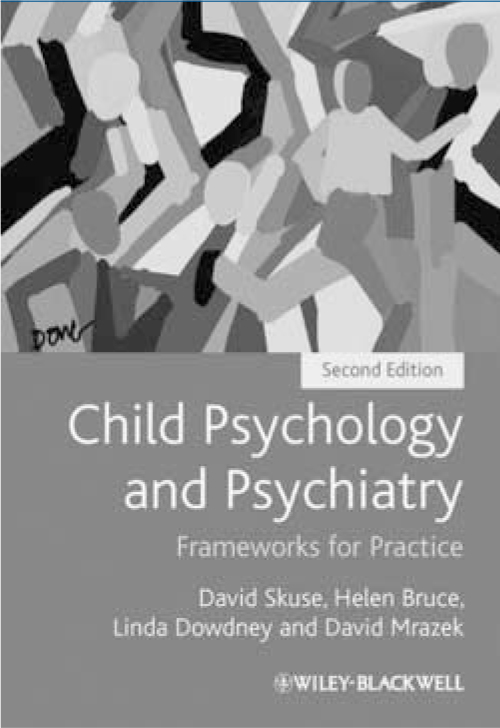
The editors of this book seem to have set an arduous task for the contributors: provide an account of the chosen topic in a condensed form limited to an average of five pages (including tables!), include recent developments in the field and limit the references to a minimum (at best 25 references). The result is a collection of chapters with themes ranging from family and systemic influences through literacy disorders to paediatric psychopharmacology. This is a remarkable feat given that this is a slim volume (290 pages of text including references). Most of the contributors are well-known names in child and adolescent psychology and psychiatry, mainly, but not exclusively, from the UK and Ireland.
The book is divided into seven sections: developing competencies; promoting well-being; attachment and separation; the impact of trauma and maltreatment; atypical development; assessment; and approaches to intervention. It is targeted at both child and adolescent psychiatrists and clinical child psychologists and their respective trainees. The editors have succeeded in making the topics relevant to both groups and, in fact, the mix of chapters is one of the strengths of the book. The quality and usefulness of the chapters, however, vary widely from those that are outstanding to others that are prosaic and ordinary. The chapters on anxiety disorders in children and adolescents, childhood behaviour problems, eating disorders and family therapy assessment are rather basic. The chapter on psychodynamic approaches does not do justice to the subject. It would have been more useful if some chapters had addressed specific aspects of the topic rather than the whole subject.
However, Muter & Snowling provide a first-rate account of literacy disorders that includes both dyslexia and reading comprehension disorder. Conti-Ramsden & Durkin's chapter on specific language impairment is an elegant summary of the topic. Early-onset bipolar disorder by James is an admirable account of the current state of knowledge on the subject, and Tayor's chapter on diagnostic classification describes the issues facing child and adolescent psychiatry masterfully and is opportune at a moment when DSM and ICD are going through revisions. For these chapters alone, the book is worth buying. A strength of the book is that the 46 short chapters provide something for everyone practising child psychology and psychiatry.



eLetters
No eLetters have been published for this article.